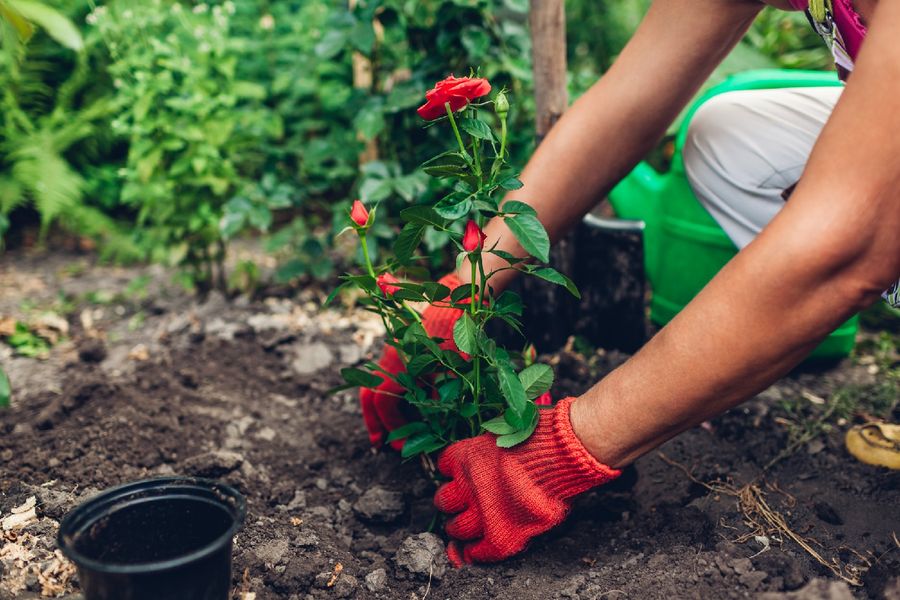To enhance your gardening experience and expand your knowledge, consider downloading the app PictureThis. This innovative tool not only helps identify plants but also provides detailed care instructions and tips, making it an invaluable resource for both novice and experienced gardeners. Dive deeper into the world of plants, understand their needs better, and watch your garden thrive. Start with PictureThis today and transform your gardening journey!
How to Plant and Grow Rose: A Gardener’s Guide
Planting and growing roses can be a delightful addition to any garden, and with the right approach, you can ensure your roses flourish beautifully. Here’s an expanded guide to help you get started, enriched with a handy tool to deepen your understanding and appreciation of plants:
1. Choosing the Right Roses
- Variety: Select a rose type that suits your climate and garden space. Popular types include hybrid teas, floribundas, and climbing roses.
- Climate Compatibility: Make sure the variety you choose is suitable for your local climate. Some roses are more resistant to cold or heat than others.

2. Selecting a Planting Site
- Sunlight: Roses require at least 6 hours of direct sunlight daily.
- Soil: The ideal soil is rich, well-drained, and loamy. Test your soil’s pH; roses thrive in soils with a pH between 6.0 and 6.5.
- Air Circulation: Good air circulation helps prevent fungal diseases. Avoid crowded planting.

3. Planting Time
- Best Time: Early spring or late fall are generally the best times to plant roses, allowing them to establish before the extreme temperatures of summer or winter.
4. Planting Process
- Hole Preparation: Dig a hole about twice as wide and the same depth as the root ball.
- Soil Amendment: Mix in some compost or manure to enrich the soil.
- Planting: Place the rose bush in the hole with the graft union (a swollen area on the stem where the cultivar is grafted onto the rootstock) a few inches below the soil surface in colder climates, or at surface level in warmer climates.
- Watering: Water thoroughly after planting.

5. Watering
- Frequency: Water roses deeply but infrequently to encourage deep root growth. The frequency depends on weather conditions and soil type.
- Method: Drip irrigation or a soaker hose is ideal to keep leaves dry and prevent disease.

6. Fertilizing
- Schedule: Begin fertilizing approximately six weeks after planting. Continue every few weeks during the growing season, stopping about six weeks before your area’s first frost date.
- Fertilizer Types: Use a balanced fertilizer designed for roses.
7. Pruning
- When to Prune: Prune in early spring when new shoots are beginning to form on the canes.
- Pruning Goals: Remove dead or diseased wood, open up the center of the plant to sunlight and air circulation, and shape the plant.

8. Pest and Disease Management
- Common Issues: Watch for signs of pests like aphids and diseases such as black spot or powdery mildew.
- Control: Use appropriate fungicides or pesticides, following label directions closely. Natural remedies like neem oil can also be effective.
By embracing these guidelines and utilizing helpful tools like PictureThis, you’re set to enjoy the lush, vibrant beauty of roses in your garden for years to come. Whether you’re a beginner or an experienced gardener, roses can provide spectacular results with the right care and attention.